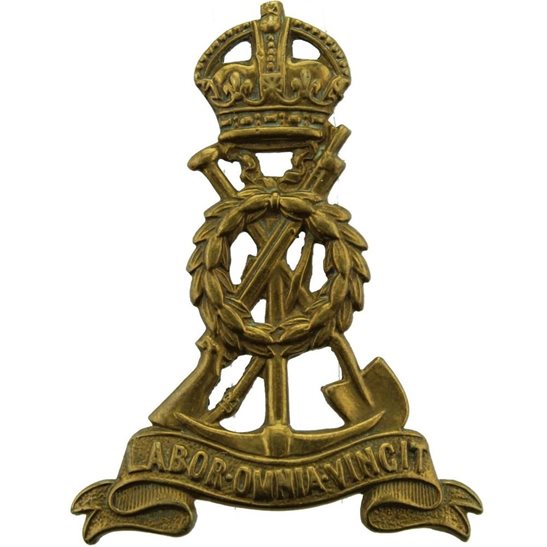Personal Details
Born: 15 May 1881 in Clun, Shropshire and baptised on 29 May 1881 at Clun Parish Church.
Family: He was the youngest of four children born to John Chelmick, a shoemaker and his wife Mary Ann. He married May Dobson on 21 January 1914 at Draycott in the Moors, Staffordshire. The couple had five children, Edward, Nancy, Joan, Douglas and Ida.
Residence: In 1891 he was living with his widowed mother and siblings in High Street, Clun, Shropshire. Ten years later he was living with his uncle in Bridge Street, Leominster, Herefordshire. In 1911 he was a boarder at 21 Talbot Street, Whitchurch, Shropshire. At the time of his enlistment in 1915 and now married, his address was 17 Talbot Street, Whitchurch. Upon demobilisation that had changed to Upper Newton Farm, Tean, Stoke on Trent, Staffordshire. In 1939 he was living with his wife and children at 3 Bearstone Road, Market Drayton, Shropshire. At the time of his death in 1960 his home was North Lodge, Norton-in-Hales, Shropshire.
Employment: He was a carpenter and joiner.
Died: 22 December 1960 at the Royal Salop Infirmary, Shrewsbury, aged 79.
Military Details
Regiment: Labour Corps (previously Liverpool Regiment)
Rank: Private
Service Number: 46284 (previously 70610)
Date of Enlistment: 8 December 1915
Date of Discharge: 4 March 1919
Reason for Discharge: Demobilisation
Richard was awarded the Campaign Medals (British war medal and Victory medal)

The British War Medal (also known as 'Squeak') was a silver or bronze medal awarded to officers and men of the British and Imperial Forces who either entered a theatre of war or entered service overseas between 5th August 1914 and 11th November 1918 inclusive. This was later extended to services in Russia, Siberia and some other areas in 1919 and 1920. Approximately 6.5 million British War Medals were issued. Approximately 6.4 million of these were the silver versions of this medal. Around 110,000 of a bronze version were issued mainly to Chinese, Maltese and Indian Labour Corps. The front (obv or obverse) of the medal depicts the head of George V. The recipient's service number, rank, name and unit was impressed on the rim.
The Allied Victory Medal (also known as 'Wilfred') was issued by each of the allies. It was decided that each of the allies should each issue their own bronze victory medal with a similar design, similar equivalent wording and identical ribbon. The British medal was designed by W. McMillan. The front depicts a winged classical figure representing victory. Approximately 5.7 million victory medals were issued. Interestingly, eligibility for this medal was more restrictive and not everyone who received the British War Medal ('Squeak') also received the Victory Medal ('Wilfred'). However, in general, all recipients of 'Wilfred' also received 'Squeak' and all recipients of The 1914 Star or The 1914/1915 Star (also known as 'Pip') also received both 'Squeak' and 'Wilfred'. The recipient's service number, rank, name and unit was impressed on the rim.

